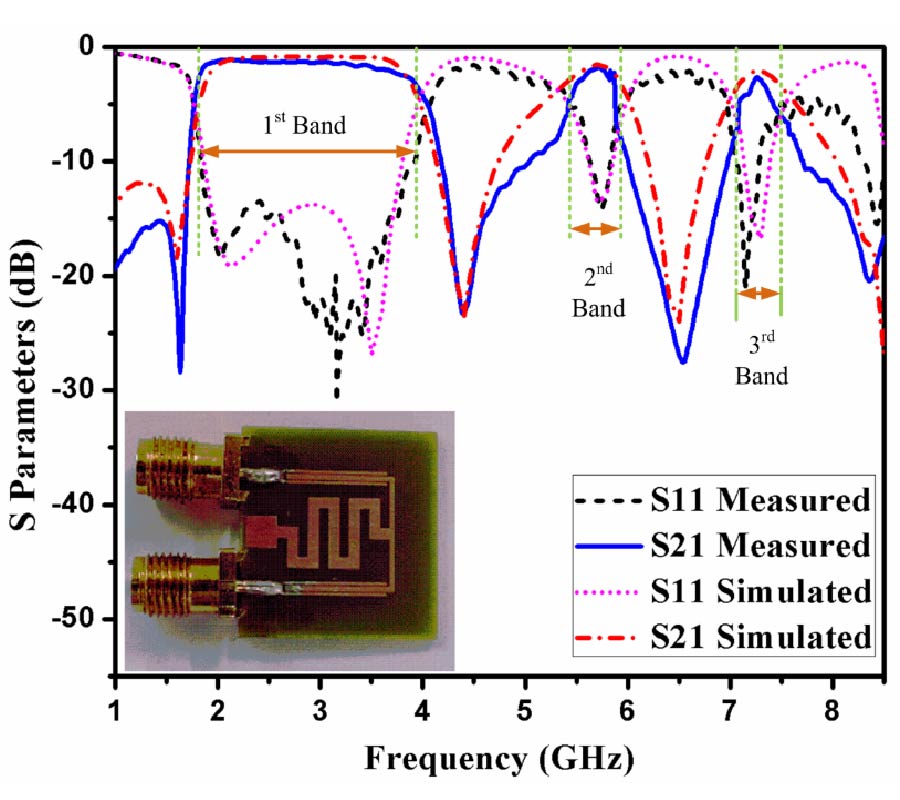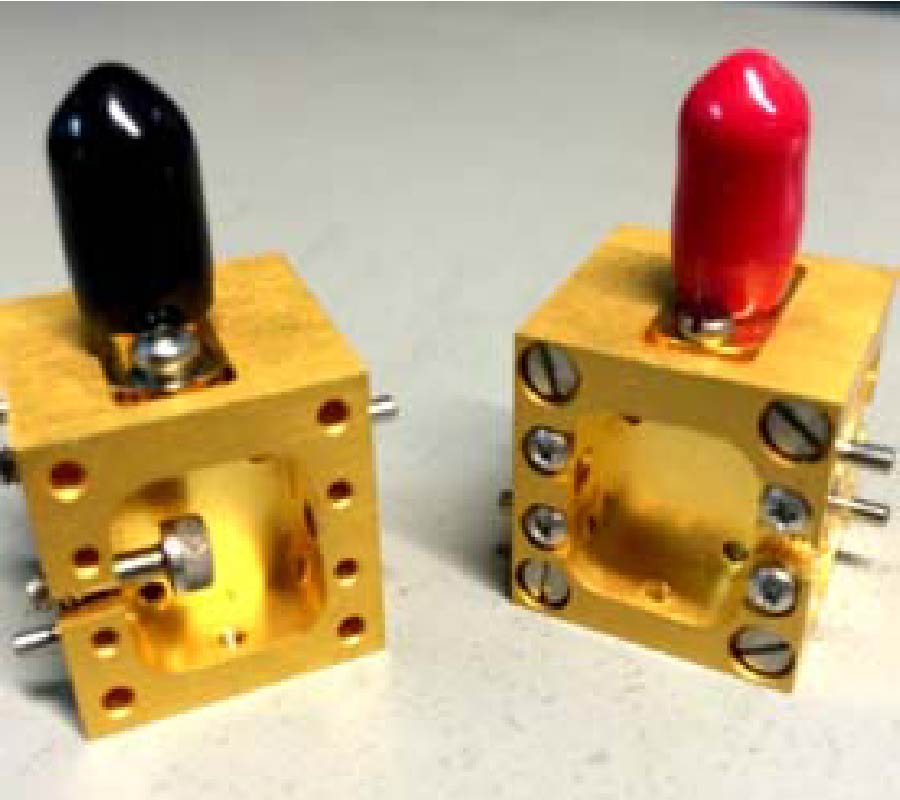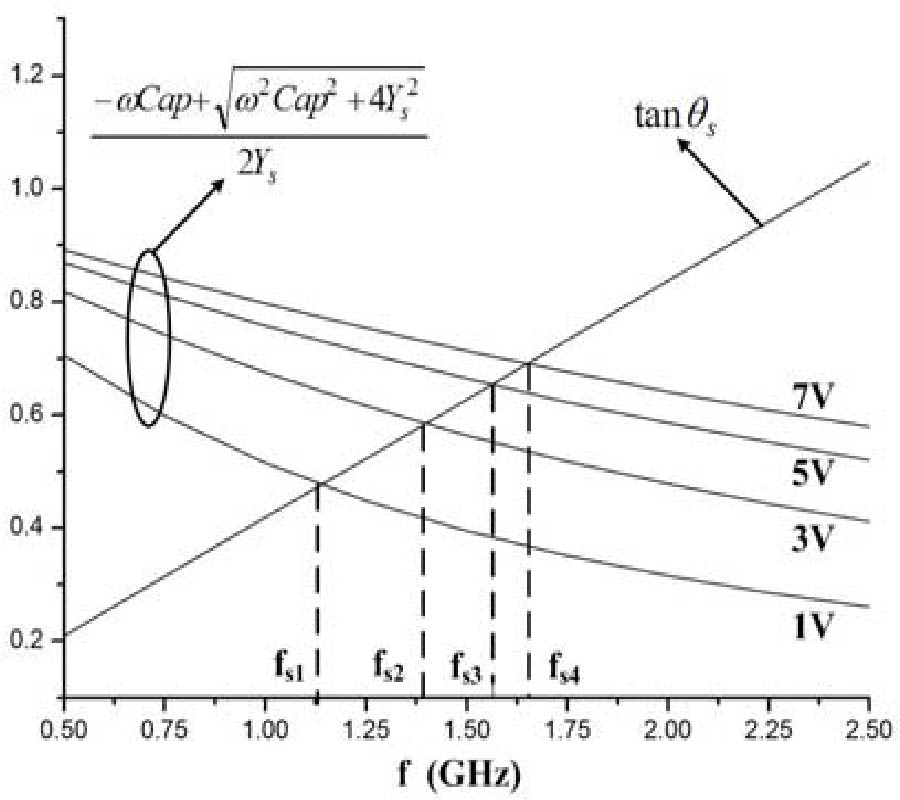A Compact Wideband Short-Ended Metamaterial Antenna for Wireless Applications
Naveen Mishra and
Raghvendra Kumar Chaudhary
In this article, design and analysis of a compact wideband short-ended metamaterial antenna based on composite right and left handed transmission line (CRLH-TL) is presented. The proposed antenna is configured with two different shapes (Half ring and simple gap) of series gaps and short ended boundary condition. It offers wide bandwidth by placing two different shapes of series gaps in such a manner, so that the first resonance frequency, i.e., zeroth order resonance (ZOR), second resonance frequency and third resonance frequency occur near each other, and hence combination offers wide bandwidth. Because of the applied boundary conditions, resonant modes can be controlled by series parameters of the proposed antenna structure. Further, coplanar waveguide feeding technique is used which replaces the requirement of via and allows the fabrication of a single layer antenna prototype. The proposed antenna is modeled by using ANSYS HFSS 14.0, and simulated results are verified with experimental ones of the prototype. The simulated fractional bandwidth of the proposed antenna is 52.38% centered at 3.57 GHz. Furthermore, the proposed antenna provides an average broadside gain of 2.30 dBi with average radiation efficiency of 94.95% in the entire working band of antenna.



















